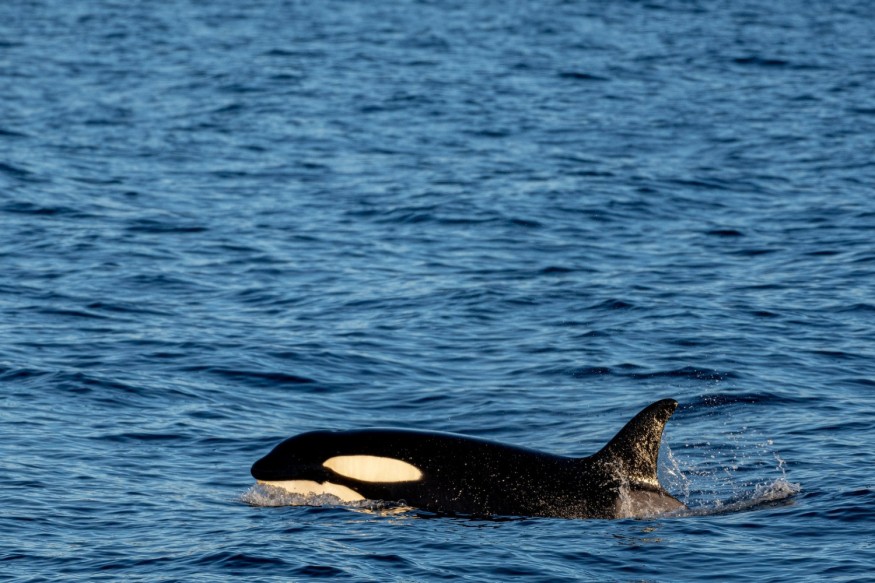
Lolita, who has been named as the second oldest orca in captivity, died just before she could returned to the waters of Pacific Northwest.
The Miami Seaquarium said that Lolita, also known as Tokitae, had manifested serious signs of discomfort days before she died on August 19. Due to this, the Miami Seaquarium and Friends of Toki medical team began treating the marine animal aggressively.
"Despite receiving the best possible medical care, she passed away Friday afternoon from what is believed to be a renal condition. Toki was an inspiration to all who had the fortune to hear her story and especially to the Lummi nation that considered her family," the Miami Seaquarium said.
"Those of us who have had the honor and privilege to spend time with her will forever remember her beautiful spirit," it added.
Those who had been checking Lolita alleged that the orca's death could be related to a renal condition. However, veterinary experts said that this is not yet certain as investigation is still ongoing.
Plan to release Lolita
Lolita was a 57-year-old female orca (Orcinus orca) that came from the endangered Southern Resident orcas, which lived off the waters of British Columbia, Washington and Oregon.
Lolita's keepers said that at the time of her sudden death, she was the second oldest orca in captivity behind Corky, or the 58-year-old male who is residing at SeaWorld San Diego.
There had been plans by the Miami Seaquarium to release Lolita back into her native ocean waters. Her keepers actually wanted her to spend her last days in her original home, which is situated in the waters of the Pacific Northwest.
Lolita was 4-years-old when she was captured from the Pacific coast near Seattle.
Through the course of decades, the said orca became popular and she was considered as the star attraction at the Seaquarium, performing about twice in a day. This, however, was not welcomed by animal rights groups.
The marine animal retired in 2022.
What are orcas
The National Oceanic and Atmospheric Administration described the orca or killer whale as the ocean's top predator. It is the largest member of the Delphinidae family, or dolphins.
It said that members of this family include all dolphin species, as well as other larger species, such as long-finned pilot whales and short-finned pilot whales. Their common names also contain "whale" instead of "dolphin."
Experts said that these killer whales are one of the most recognizable marine mammals, with their distinctive black and white bodies. Killer whales usually reside in a wide range of habitats across the globe, including open seas and coastal waters.
At present, some killer whale populations are facing threats, including food limitations, chemical contaminants, and disturbances from vessel traffic and sound. There have been efforts to establish critical habitat, set protective regulations, and restore prey stocks to save these marine mammals.
The average lifespan for male killer whales is about 30 years, however, they can still live up to at least 60 years.
On the other hand, female killer whales typically live about 50 years, but they can also live up to at least 90 years in the wild.
Related Article: Elder Orca Moms Are Vital for Their Sons' Survival: How They Provide Food and Protection
Related Video:
© 2025 NatureWorldNews.com All rights reserved. Do not reproduce without permission.





